Do you know who is a beginner guitarist’s best friend? Any idea? It's Capo. Also, a beginner-friendly guitar book that will teach you in detail about capos. The name might sound a bit weird, but if you have just started learning guitar, you will love this little firecracker.
It is an ignored part of the guitar unless you know how it can be a savior. Capos are used to play basic and essential guitar chords, such as Gm. Well, I'm excited to introduce this external guitar part.
I will also share how to use a capo and why a beginner should go out and buy it. So, the upcoming guitarists, are you ready to meet your friend?
What is a Guitar Capo?
Capo is a musical tool or device used to change the pitch of the strings without tuning them. It is one of the regularly used accessories for different types of guitar.
The word "capo" is derived from Italian. In Italian, the Head of the fretboard is known as the capo. To understand what it is, let us know about one of the essential parts of a guitar, the Nut. The nut of the guitar is a plastic or metal thing placed at the end of the Headstock.
Nut maintains a gap between strings and the guitar neck so that the strings can create sound and vibration. Additionally, nut gives a smooth direction to the strings from the bridge to the tuning pegs. So, the capo works as an adjustable nut.
You can attach it to any fret and manage the pitch and vibration. Does Fret Buzz Annoy You? Here are 6 super-easy ways you can get rid of that buzz.
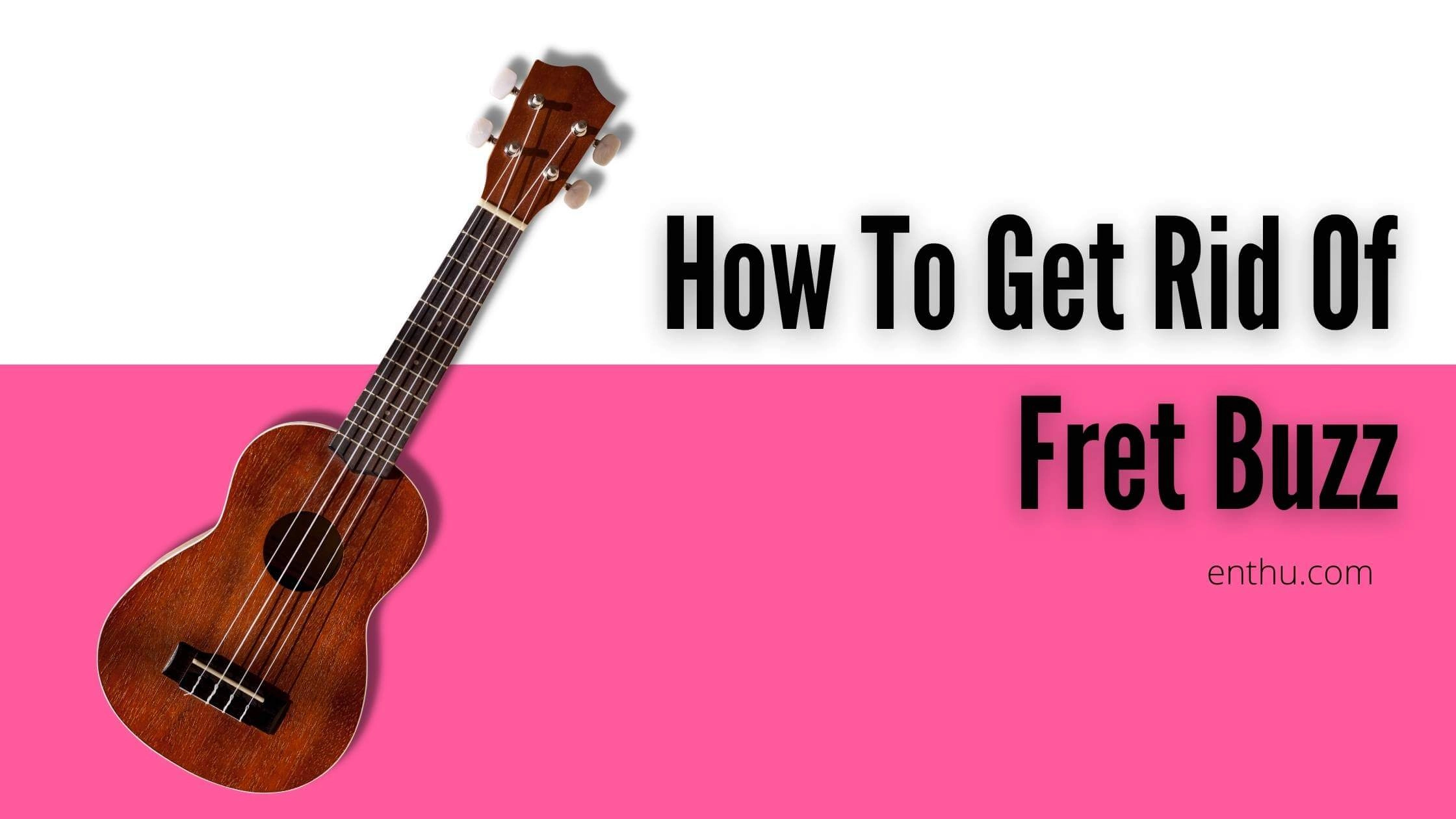
1. How to_Use_a_Capo?
For a beginner guitar player, a capo is a blessing. Even if you know a handful of chords, you can sing and play simultaneously in all the possible keys with it. Let's learn a little about capo placement to understand how it actually works.
Capo Placement
Open the capo by pressing it and clamp the rubber side just before a fret. For example, if you want to use it on the 4th fret, place it at the end of the 4th fret near the metal strip before the 5th fret starts.
Make sure it is properly clamped onto all the strings. If not so, you will hear a buzzing rather than a clear sound no matter how hard you strum. And trust me, it is annoying.
A capo is a beneficial and handy tool. But sometimes, the placement gets confusing. You might find it hard to understand which fret to clamp the capo for which set of chords and keys.
Keep this chart handy to keep that confusion at bay. Take a screenshot or download it.
2. Guitar Capo Chart
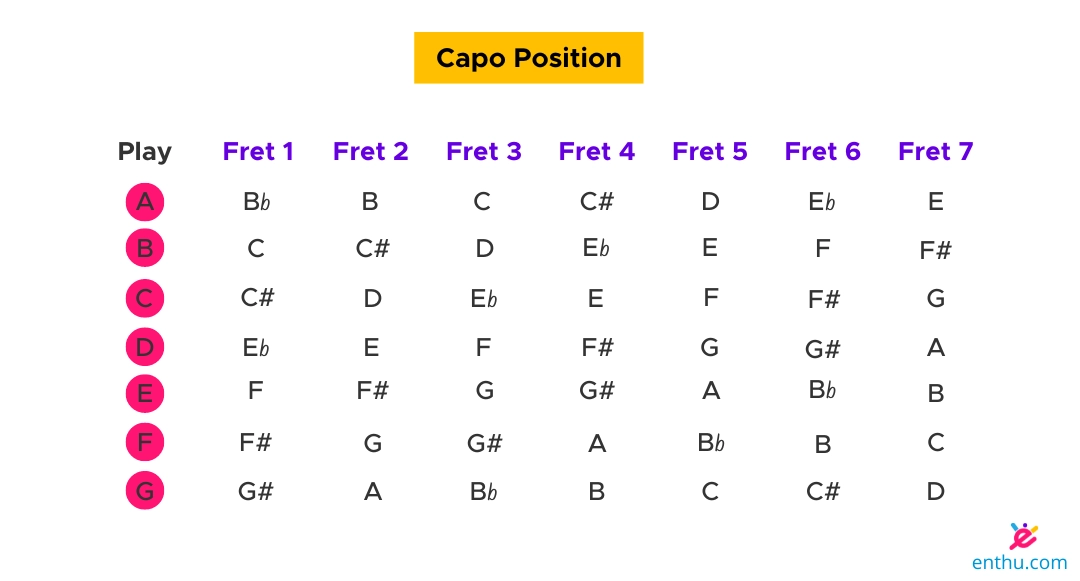
Through this chart, you will easily understand how open chord changes just by clamping capo to a specific fret. Let me explain how to use the above chart.
If you clamp a capo on 2nd fret and play A Major shape, it actually becomes B Major. Further, C Major becomes Eb when you clamp a capo on the 3rd fret.
3. Why Use a Capo?
Now that you know how to use a Capo, you know it can do the same thing in different ways. Let's understand the reasons for using a Capo.
To Play Barre Chord
If you want to play Barre chords but haven't developed dexterity, you can still play them using a capo. You can play barre chord sounds with simpler chord shapes by clamping a capo. For example, you can easily play an open E chord without a capo.
But if you want to play an E chord on some other fret, you can play its barre chord version by moving the same chord shape to the next fret and placing a capo across 6 strings.
But bar chords are a little difficult for beginners, and that's where a Capo comes in. You can play the above E chord just by clamping a Capo, where you placed a barre in an open E chord. A capo gives rest to the fingers and makes them less sore.
To Change Pitch Capo is instrumental
Especially for female singers, if a song is too low and they want to sing at a higher pitch. In this key, you can use a Capo without changing the chords.
When you clamp a Capo, it changes the keys rather than the chords. Thus, even if you know some beginner-friendly chords, you can play multiple songs using a Capo.
To Play More Songs
With a Few Chords Beginners take time to learn complex chord shapes. Thus, they need additional time in learning songs using those chords.
In this case, you can take the help of your friend, capo. Learn the basic chords and play them up and down by clamping a capo. This way, you can play thousands of songs with a few chords.
4. Who can Use a Capo?
If you are a beginner, a capo is a great tool. Just clamp a capo on the key that fits your voice, and you are good to go. However, I would like to tell you the good news- a capo is not just for beginners.
The idea of changing the keys is not just something beginners can use. Anyone who has been playing guitar and wants to master guitar skills can use a capo.
In fact, the famous singer, songwriter, and guitarist Neil Young uses a Capo while acing the guitar to play the comfortable keys for his voice. The world-famous Ed Sheeran also uses capo in his tours.
Advantages
The main advantage of using a capo is, that you can transpose a song that is too high or too low for someone using the same or simple chord shapes.
You don't have to learn new chords when you clamp a Capo. You can play the same chords to play the same song in a different key.
You can use the same chord voicings without changing the original key to get the same vibe.
You can play open chords without struggling with barre chords.
Playing chord progression becomes easier. But there's another side to using a capo. You should know them too before you start using it.
But there's another side to using a capo. You should know them too before you start using it.
Disadvantages
Though capo is a blessing for beginners, it limits their growth. Once you start using it extensively, you become dependent and do not push yourself to learn more.
It restricts the strings from creating free vibrations. This might result in an abnormal sound.
Sometimes, using it can put the guitar strings out of tune.
Some chords sound better without a Capo. They sound more natural and soothing.
5. Different Types of a Capo
The standard capo is made up of metal or plastic material. However, a metal capo is more durable than the plastic one. There are many different types of capo specifically designed depending upon the usage.
Spider

Picture Courtesy - National Guitar AcademyThis is the coolest and most unique capo you will find. This has 6 levers that are designed with spider-theme edges.
They slide to the left and right, where you can tune or detune the strings. You can tighten or loosen the capo as per your need. Beginners might find it difficult to mount and use spider capo.
Partial
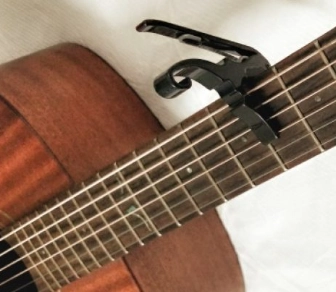
Picture Courtesy - Spreadworship.com A regular capo goes all the way across the 6 strings and presses them down but, a partial capo only goes partway across the strings. In short, this capo is designed to clamp selected 3 strings only.
There is a notch due to which the capo doesn't allow to press the low e string. The rubber padding is similar to the standard capo. But it is limited in the partial capo up to 3 strings.
G7th
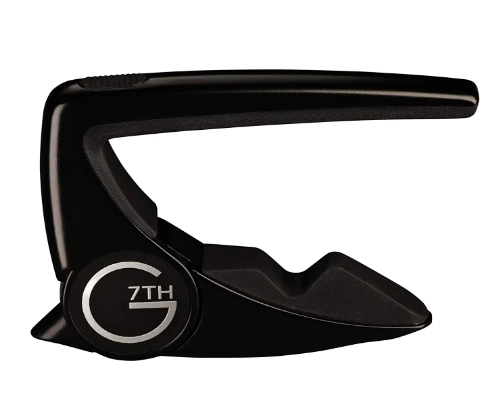
Picture Courtesy - Amazon The G7th is a unique capo in appearance. It is easily movable with one hand and can jump from fret to fret easily. But the easiness comes with a con.
This capo doesn't squeeze the strings well enough. You need to take it off and adjust it again. Apart from these, there is a variety of capos like roller, screw, and trigger. Wondering how to play G7 on guitar? Learn the G7 chord technique: A Beginner’s Guide to find out.
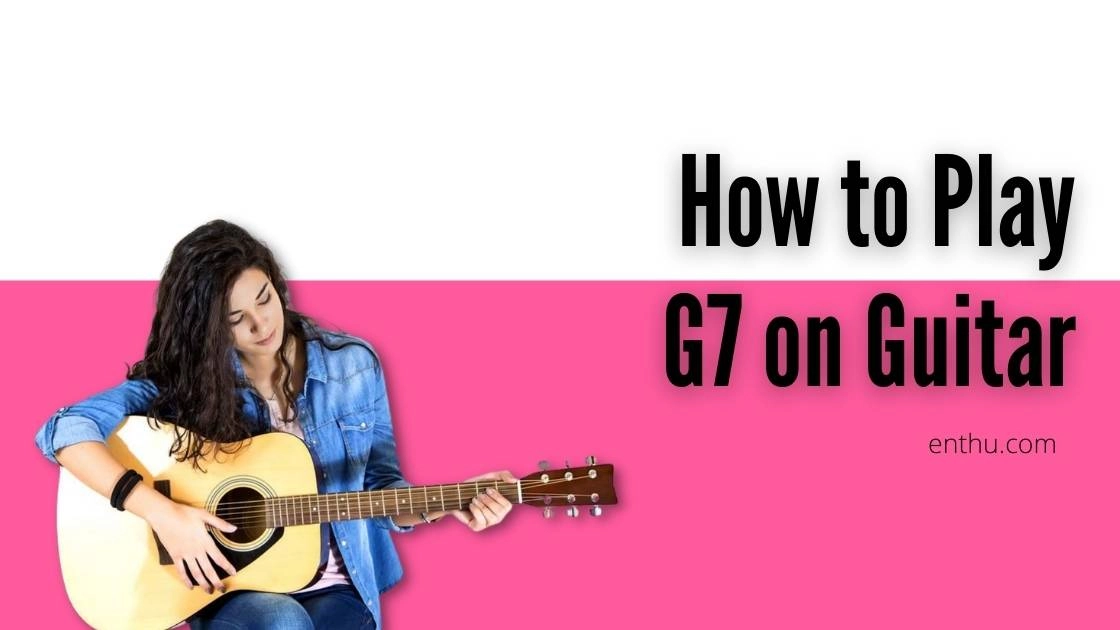
6. How Much Does a Capo Cost?
If you can afford a guitar, you can definitely afford a capo. It is not expensive. The prices can vary depending upon the material, quality, and appearance.
So, you can go with a cheap one which costs you around $1 to $2, or an expensive one which has a price range up to $60 and above. It is a beginner-friendly tool that you can try and experiment. Playing bar chords with capo protects the fingertips from extreme soreness. So that, you can play for a little longer.
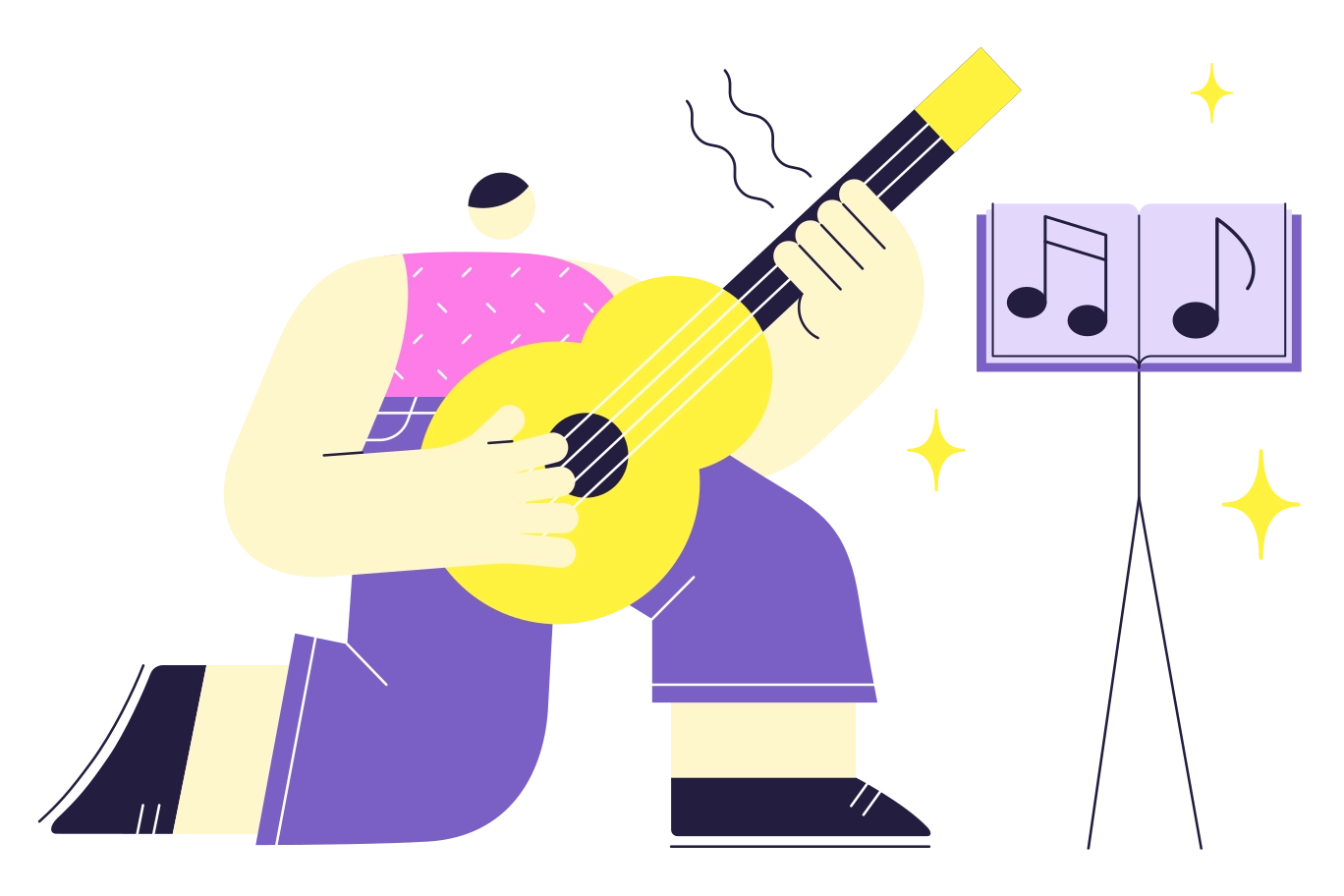

Conclusion
In conclusion, effectively closing your blog post is crucial for leaving a lasting impression on your readers. A well-crafted conclusion should summarize your main points, reinforce your message, and encourage reader engagement. Whether you invite readers to share their thoughts, suggest further reading, or provide a call to action, the final lines are an opportunity to strengthen your connection with your audience. Remember to keep it concise and relevant, ensuring that it resonates with the overall theme of your post. Happy blogging!
FAQs
1. Can you put a capo anywhere on the guitar?
You can place a capo anywhere on the guitar. It is movable and can jump anywhere on the fretboard.
2. Does a capo mess up the tuning?
Yes, it can mess up the tuning. A capo is meant to press the strings down. But as it is an added accessory, it might lead the guitar to go out of tune. However, you must also check that the strings are well-tuned before clamping it.
3. How long does a capo last?
A good capo can last for more than 10 years. Having said that, it's life depends upon the material's quality, fine use, and enough care.

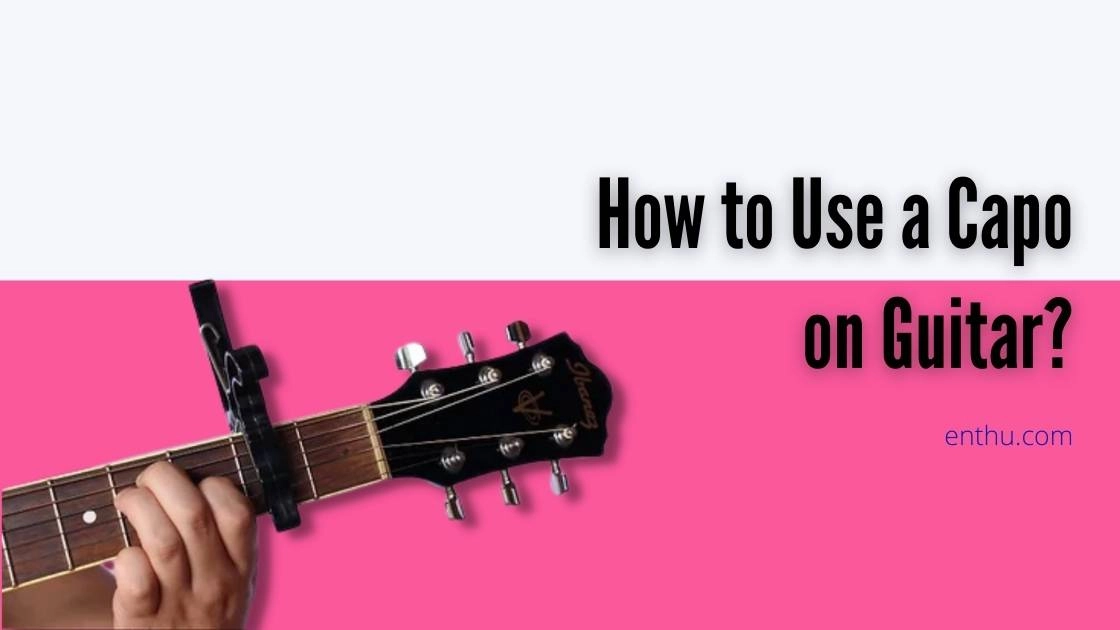
Comments